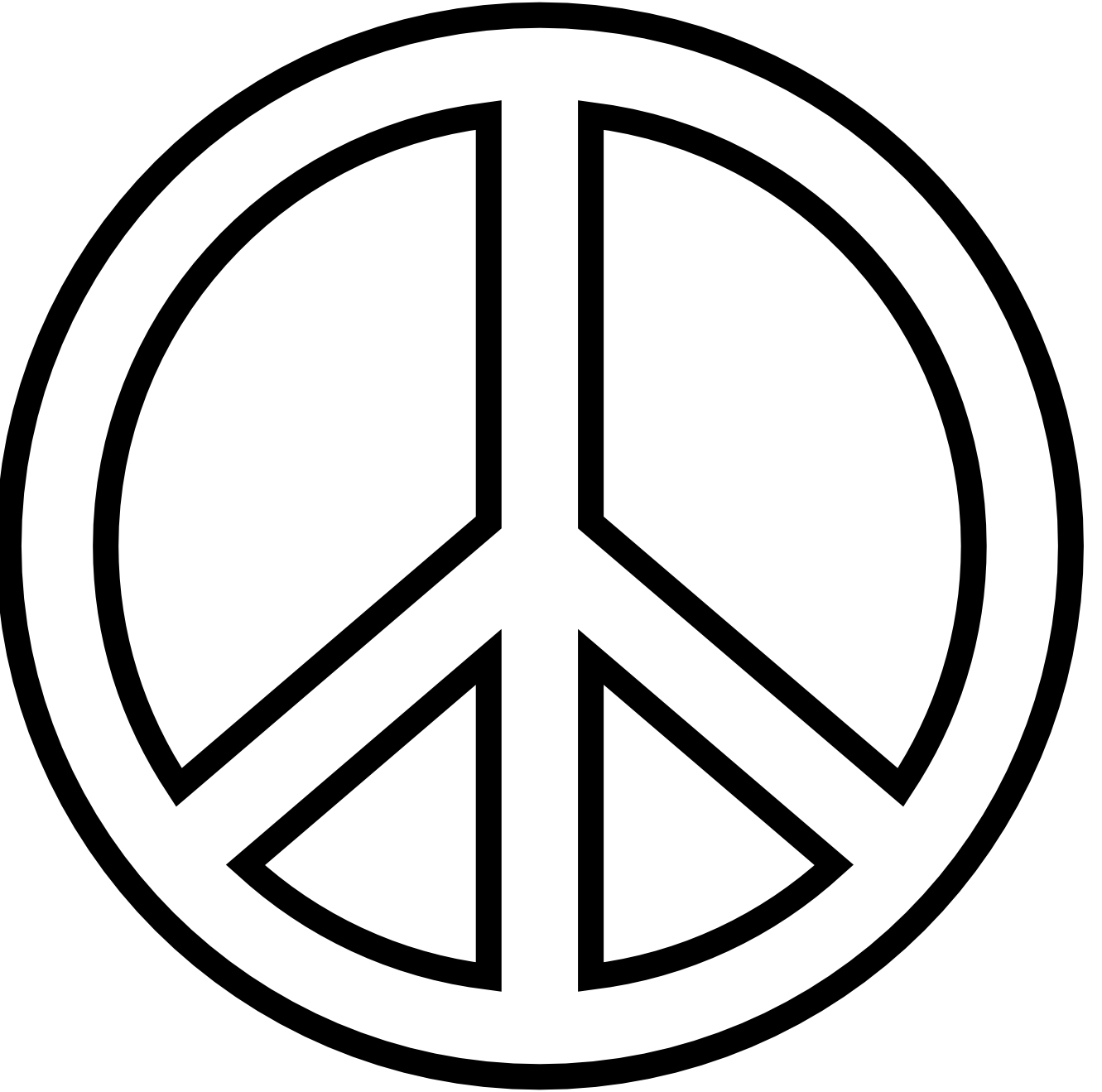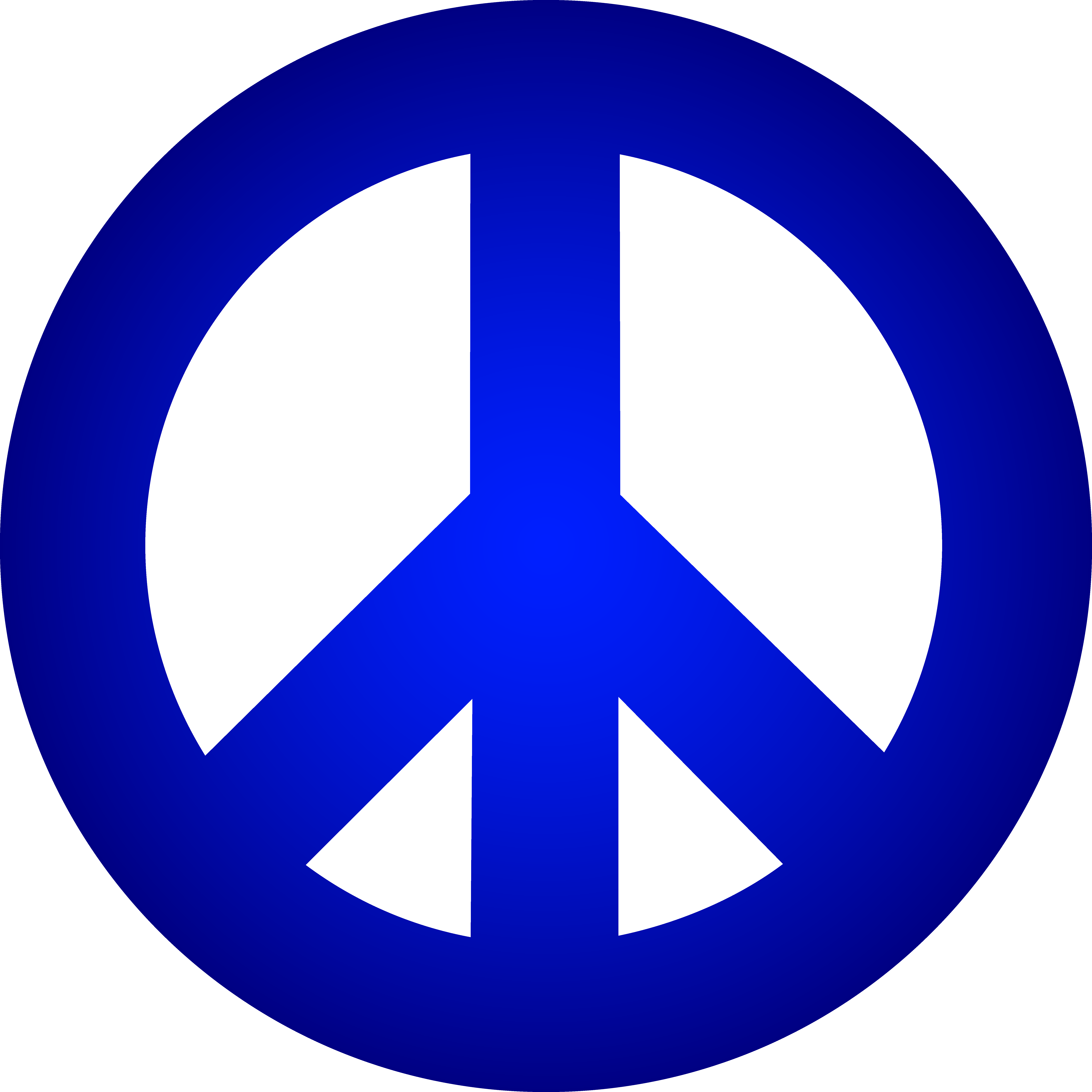Let’s talk about the weak peace sign phenomenon. You’ve probably seen it on social media, in memes, or even during concerts. It’s that subtle, almost lazy version of the classic V-sign that seems to be everywhere these days. But what does it mean? And why has it become such a big deal? In this article, we’ll dive deep into the world of weak peace signs, exploring its origins, cultural significance, and why it’s resonating with so many people.
If you’re scratching your head wondering why a simple hand gesture has sparked so much conversation, you’re not alone. The weak peace sign is more than just a trend—it’s a reflection of modern culture, humor, and even societal attitudes. It’s a gesture that speaks volumes without saying a word, and it’s something worth paying attention to if you want to understand the quirks of today’s youth.
So, whether you’re here because you’re curious about its origins, trying to figure out how to pull one off, or just want to know why it’s all over TikTok, you’re in the right place. Let’s break it down step by step and uncover the story behind the weak peace sign.
- Preston Lord Obituary Remembering A Life Welllived
- Kevin Augustiniak The Rising Star In The World Of Entertainment
What Exactly Is a Weak Peace Sign?
The weak peace sign is basically a laid-back, almost half-hearted version of the traditional V-sign. Instead of forming a crisp, intentional V with your fingers, the weak peace sign is more floppy, wobbly, and just plain chill. Think of it like a handshake where no one really cares if they’re doing it right—it’s more about the vibe than the execution.
It’s often used humorously, either to poke fun at the idea of effort or to convey a sense of apathy. The beauty of the weak peace sign lies in its imperfection. It’s not about perfection; it’s about embracing imperfection and having fun with it. And in a world where everything seems so serious, that’s kind of refreshing.
Why Is the Weak Peace Sign So Popular?
Popularity doesn’t happen overnight, especially when it comes to trends like the weak peace sign. But there’s a reason why this particular gesture has taken off. For starters, it’s relatable. In a fast-paced, high-pressure world, the weak peace sign is a way to say, “Hey, I’m just trying my best, okay?”
- Brian Campbell Death Unraveling The Truth Behind The Headlines
- Lil Wayne Las Vegas Residency The Hottest Show In Sin City
- It’s a form of rebellion against perfectionism.
- It taps into the humor of doing the bare minimum.
- It’s inclusive—anyone can do it, no matter their skill level.
Plus, let’s be real: memes and social media have a way of amplifying anything that’s even remotely funny. The weak peace sign fits perfectly into this ecosystem, where humor and authenticity reign supreme.
Origins of the Weak Peace Sign
Like most viral trends, the weak peace sign didn’t just appear out of thin air. Its roots can be traced back to online communities, particularly on platforms like Reddit and TikTok. These platforms are breeding grounds for creativity, and the weak peace sign was born out of a collective sense of humor and shared experiences.
Some credit goes to a viral TikTok video that showcased the gesture in all its floppy glory. The video quickly gained traction, sparking a wave of copycats and spin-offs. From there, the weak peace sign spread like wildfire, becoming a staple in meme culture and beyond.
How Social Media Plays a Role
Social media is the lifeblood of modern trends, and the weak peace sign is no exception. Platforms like TikTok, Instagram, and Twitter have given users a stage to showcase their creativity and humor, and the weak peace sign fits right into that mold.
It’s also worth noting that the weak peace sign isn’t just about the gesture itself—it’s about the context. Memes often add layers of meaning, and the weak peace sign is no different. Whether it’s paired with a joke about laziness or used to comment on societal issues, the weak peace sign is a versatile tool for expression.
Cultural Significance of the Weak Peace Sign
At its core, the weak peace sign is more than just a hand gesture—it’s a cultural statement. It reflects the values and attitudes of a generation that’s tired of being told to “do more” and “be better.” Instead, the weak peace sign says, “I’m doing my thing, and that’s enough.”
It’s also a way to reclaim the V-sign, which has historically been associated with peace, victory, and protest. By turning it into something playful and irreverent, the weak peace sign challenges traditional meanings and creates new ones. This kind of cultural evolution is fascinating to watch, especially as it unfolds in real-time on social media.
Breaking Down the Layers
To fully appreciate the cultural significance of the weak peace sign, it’s important to look at the layers of meaning behind it:
- Humor: It’s funny because it’s unexpected.
- Relatability: It resonates with people who feel overwhelmed by societal expectations.
- Rebellion: It’s a small but meaningful act of defiance against perfectionism.
These layers make the weak peace sign more than just a trend—it’s a cultural artifact that tells us a lot about the people who use it.
How to Pull Off the Perfect Weak Peace Sign
Alright, let’s get practical. If you’re ready to join the weak peace sign movement, here’s how you can do it:
- Start with a relaxed hand position. No need to be rigid or precise.
- Form a loose V with your index and middle fingers. The key is to make it look effortless.
- Pair it with a sly grin or a deadpan expression for maximum effect.
Remember, the whole point of the weak peace sign is to embrace imperfection. So, don’t overthink it. Just go with the flow and have fun with it.
Tips for Beginners
If you’re new to the weak peace sign game, here are a few tips to help you get started:
- Watch some viral videos for inspiration.
- Practice in front of a mirror to find your style.
- Don’t take it too seriously—it’s supposed to be fun!
And if you’re still unsure, just remember: there’s no wrong way to do a weak peace sign. The beauty of it lies in its imperfection.
Weak Peace Sign vs. Traditional V-Sign: What’s the Difference?
Now that we’ve covered the basics of the weak peace sign, let’s compare it to its more traditional counterpart. The traditional V-sign is all about precision and intentionality. It’s crisp, clean, and often associated with serious topics like peace and protest.
On the other hand, the weak peace sign is all about looseness and playfulness. It’s not about making a statement—it’s about having fun. While both gestures involve forming a V with your fingers, the tone and context couldn’t be more different.
When to Use Each Gesture
Knowing when to use each gesture is key to mastering the art of hand signs:
- Use the traditional V-sign for formal occasions or serious messages.
- Use the weak peace sign for lighthearted moments or comedic effect.
Ultimately, the choice is yours. Just be mindful of the context and audience, and you’ll be fine.
Weak Peace Sign in Pop Culture
From music videos to movies, the weak peace sign has made its mark on pop culture. Celebrities and influencers have embraced the gesture, using it in photoshoots, social media posts, and even live performances. It’s become a go-to move for anyone looking to add a touch of humor and authenticity to their content.
But it’s not just about celebrities. Regular people are using the weak peace sign to express themselves, connect with others, and have fun. Whether it’s in a TikTok dance or a casual selfie, the weak peace sign is everywhere—and that’s a testament to its universal appeal.
Examples in Media
Here are a few examples of the weak peace sign in pop culture:
- A viral TikTok video featuring a weak peace sign in a comedy skit.
- A music video where the artist uses the gesture to break the fourth wall.
- A meme that pairs the weak peace sign with a witty caption.
Each of these examples showcases the versatility and humor of the weak peace sign, proving that it’s more than just a trend—it’s a cultural phenomenon.
Weak Peace Sign and Mental Health
Believe it or not, the weak peace sign has a connection to mental health. In a world where people are constantly pressured to be their best selves, the weak peace sign serves as a reminder that it’s okay to take things slow. It’s a gesture that says, “I’m doing my best, and that’s enough.”
This message of self-acceptance and imperfection is incredibly powerful, especially for those struggling with mental health issues. It encourages people to be kinder to themselves and to embrace their flaws. And in a world that often values productivity over well-being, that’s a message worth spreading.
How It Promotes Positivity
The weak peace sign promotes positivity in several ways:
- It encourages self-acceptance and imperfection.
- It fosters a sense of community and shared experience.
- It provides a lighthearted way to address serious topics.
By embracing the weak peace sign, people can find joy in the little things and appreciate the beauty of imperfection.
Conclusion: Why Weak Peace Sign Matters
In conclusion, the weak peace sign is more than just a trend—it’s a cultural movement that speaks to the hearts and minds of people everywhere. It’s a gesture that embraces imperfection, promotes self-acceptance, and adds a touch of humor to everyday life.
So, the next time you see someone doing a weak peace sign, don’t roll your eyes—smile. Because in a world that’s often too serious, the weak peace sign is a reminder to lighten up and have fun. And who knows? You might just find yourself doing one too.
Before you go, take a moment to reflect on what the weak peace sign means to you. Share your thoughts in the comments below, or check out some of our other articles for more insights into modern culture. Thanks for reading, and remember: it’s okay to be weak sometimes—it’s what makes us human.
Table of Contents
- What Exactly Is a Weak Peace Sign?
- Why Is the Weak Peace Sign So Popular?
- Origins of the Weak Peace Sign
- Cultural Significance of the Weak Peace Sign
- How to Pull Off the Perfect Weak Peace Sign
- Weak Peace Sign vs. Traditional V-Sign
- Weak Peace Sign in Pop Culture
- Weak Peace Sign and Mental Health
- Conclusion: Why Weak Peace Sign Matters
- Mercury Conjunct Neptune Transit Unlocking The Mysteries Of Cosmic Alignment
- Deja And Justin Rollins A Modern Love Story Thats Got Everyone Talking


